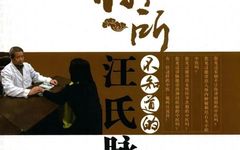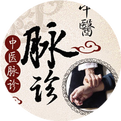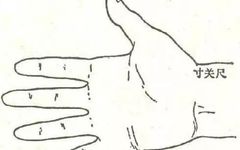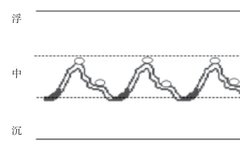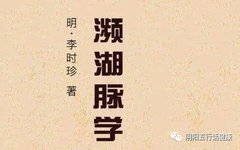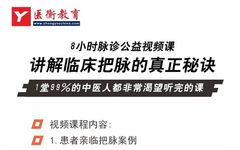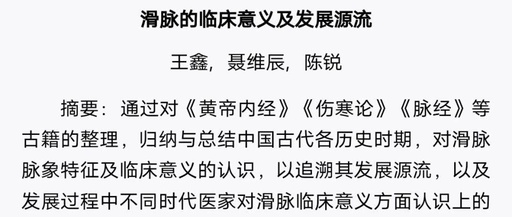The Slippery Pulse in Li Shizhen’s ‘Binhuhuaixue’ and Wang’s 43 Pulses in ‘Pulse Diagnosis’
Slippery (Yin within Yang) The slippery pulse is characterized by a smooth and flowing sensation, akin to pearls rolling (as described in the ‘Pulse Classic’). It feels as if it is about to slip away. The slippery pulse indicates an excess of Yin Qi, hence the pulse flows smoothly like water. The pulse is the … Read more

